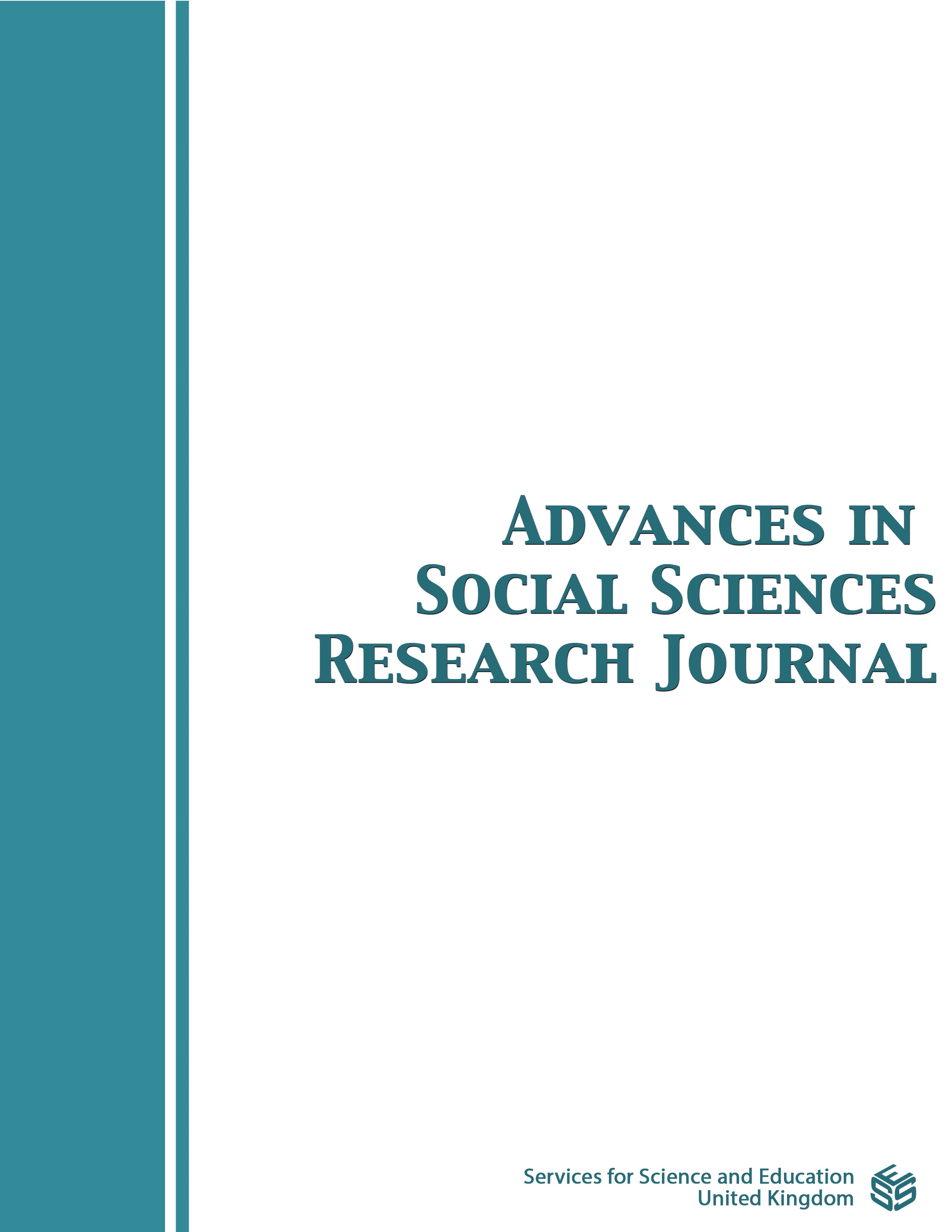Factors Influencing Satisfaction for Continuance Intention to Use E-Learning Systems in Higher Education: Delphi Technique
DOI:
https://doi.org/10.14738/assrj.1111.17819Keywords:
E-learning, Higher Education, Student Satisfaction, Continuance Intention, Delphi TechniqueAbstract
E-learning has been widely adopted by universities globally, transforming teaching and learning practices in higher education. While much research has focused on adopting and accepting e-learning, less attention has been paid to students' satisfaction and their continuance intention (CI) to keep using these systems. A literature review reveals low student satisfaction and the intention to continue using e-learning platforms. Despite the extensive studies on continuance intention in e-learning, there is no clear consensus on the factors influencing student satisfaction with continuance intention. This indicates a knowledge gap regarding individual and system aspects contributing to e-learning satisfaction. This study seeks to identify key satisfaction factors affecting continuance intention using a two-round Delphi technique involving ten experts and to develop an initial model of these factors for higher education institutions. This model is expected to help institutions better understand the critical factors driving continuance intention, enabling more informed decisions in evaluating and implementing e-learning projects.
Downloads
Published
How to Cite
Issue
Section
License
Copyright (c) 2024 Maha Farhan Alshammari, Rasimah Che Mohd Yusoff, Hazlifah Mohd Rusli, Hafiza Abas

This work is licensed under a Creative Commons Attribution 4.0 International License.
Authors wishing to include figures, tables, or text passages that have already been published elsewhere are required to obtain permission from the copyright owner(s) for both the print and online format and to include evidence that such permission has been granted when submitting their papers. Any material received without such evidence will be assumed to originate from the authors.






